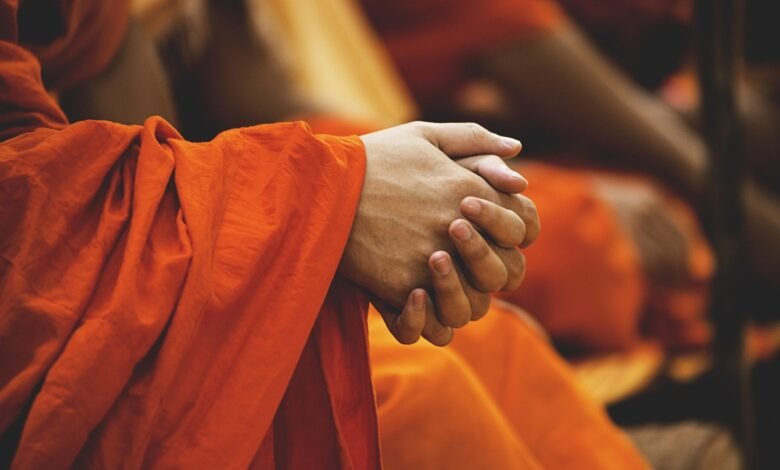
1. Taxila
Taxila, a UNESCO World Heritage site, is one of the most significant archaeological sites in Pakistan and was once a major center for Buddhist learning and culture. The ancient city thrived from the 6th century BCE to the 5th century CE and is renowned for its rich Buddhist heritage.
Key Highlights:
- Historical Importance: Taxila was a vital hub for the exchange of ideas and cultures, attracting scholars and monks from various regions, including India, Central Asia, and beyond.
- Archaeological Sites: The ruins of several stupas, monasteries, and artifacts, including the Dharmarajika Stupa and the remains of the Great Monastery, provide insights into early Buddhist architecture and practices.
- Buddhist Art: The site is famous for its unique Gandhara art, which combines Hellenistic influences with Buddhist themes, making it a crucial location for understanding the evolution of Buddhist art.
2. Buddhist Stupas in Swat Valley
The Swat Valley, often referred to as the “Switzerland of the East,” is home to numerous ancient Buddhist stupas and monasteries. This region was a significant center for Buddhism during the 2nd century BCE to the 7th century CE.
Key Highlights:
- Stupas and Monasteries: The remains of several stupas, including the Butkara Stupa and the Udegram Monastery, showcase the architectural brilliance of early Buddhist structures.
- Natural Beauty: The picturesque landscapes of Swat, combined with its rich cultural heritage, provide a serene environment for visitors interested in exploring Buddhist history.
- Cultural Fusion: The blend of Buddhist and local traditions in Swat reflects the region’s diverse history and adds to its charm as a tourist destination.
3. Takht-i-Bahi
Located near Mardan in Khyber Pakhtunkhwa, Takht-i-Bahi is another UNESCO World Heritage site that holds great significance for Buddhism. The ruins of this ancient monastic complex date back to the 1st century CE.
Key Highlights:
- Monastic Complex: The site consists of a large monastic complex that includes stupas, prayer halls, and cells for monks, reflecting the architectural style of early Buddhist monasteries.
- Cultural Significance: Takht-i-Bahi served as an important center for Buddhist learning and attracted scholars and monks from various regions, contributing to the spread of Buddhism.
- Archaeological Discoveries: Excavations at Takht-i-Bahi have unearthed numerous artifacts, including sculptures and inscriptions, shedding light on the history of Buddhism in the region.
4. Khanpur
Khanpur, located in the Haripur District of Khyber Pakhtunkhwa, is home to a historical site known as the Khanpur Buddhist Stupa. This site is significant for its architectural features and historical relevance.
Key Highlights:
- Stupa Architecture: The stupa at Khanpur is a fine example of ancient Buddhist architecture, characterized by its intricate design and construction.
- Historical Context: The site provides insights into the spread of Buddhism in the region and its interactions with local cultures.
- Pilgrimage Opportunities: The serene environment of Khanpur offers a peaceful setting for visitors interested in exploring Buddhism’s legacy in Pakistan.
Conclusion
Buddhism in Pakistan is a testament to the region’s rich historical and cultural diversity. Sites like Taxila, Swat Valley, Takht-i-Bahi, and Khanpur showcase the profound impact of Buddhism on the subcontinent’s heritage. For travelers and pilgrims, visiting these sacred places offers a unique opportunity to connect with the teachings of Buddha and appreciate the enduring legacy of Buddhism in Pakistan.



